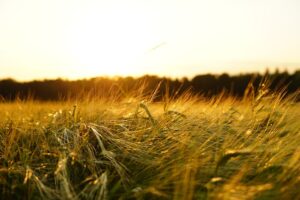In Central Victoria, farm sheds have become essential infrastructure for modern agriculture, offering advanced solutions that balance functionality with sustainability. These structures are designed to endure the region's volatile climate and diverse terrains, providing versatile spaces for storing crops, sheltering livestock, and maintaining farming equipment. They are built using durable materials like high-tensile steel and Colorbond cladding, ensuring longevity and resistance to harsh weather conditions. Energy efficiency is a priority, with features like insulation, LED lighting, and skylights to minimize environmental impact while optimizing operational efficiencies. Farm sheds can be customized to meet specific needs, from housing dairy cattle to preserving horticultural produce, and are adaptable enough to accommodate additional space for mezzanines or workbenches as needed. These sheds support sustainable practices, align with global environmental objectives, and contribute to the economic resilience of local farming operations. Farm Sheds in Central Victoria are more than just storage units; they are integral investments that enhance productivity, safeguard against weather extremes, and promote animal welfare, all while supporting the region's thriving agricultural sector. Keywords: farm sheds central victoria, sustainable agricultural practices, advanced infrastructure, energy-efficient designs, durable materials, customizable structures, agricultural efficiency, animal welfare.
Central Victoria’s fertile lands and robust agricultural traditions necessitate infrastructure that supports modern farming practices. This article explores the critical role of large farm sheds in this region, highlighting their design, material selection, and customization to meet the dynamic needs of local farmers. We delve into how these structures contribute to efficient and durable storage solutions, and through case studies, we examine their transformative impact on agricultural operations. Farmers in Central Victoria are leveraging these sheds not just for shelter but as pivotal components in their farming strategies, enhancing productivity and sustainability within the region’s thriving agricultural sector.
- Understanding the Role of Large Farm Sheds in Central Victoria's Agricultural Landscape
- Design Considerations for Efficient and Durable Farm Sheds in Central Victoria
- Material Selection: Ensuring Longevity and Cost-Effectiveness in Farm Shed Construction
- Customization Options for Farm Sheds to Meet Diverse Needs in Central Victoria's Agriculture
- Case Studies: How Large Farm Sheds Have Transformed Agricultural Operations in Central Victoria
Understanding the Role of Large Farm Sheds in Central Victoria's Agricultural Landscape
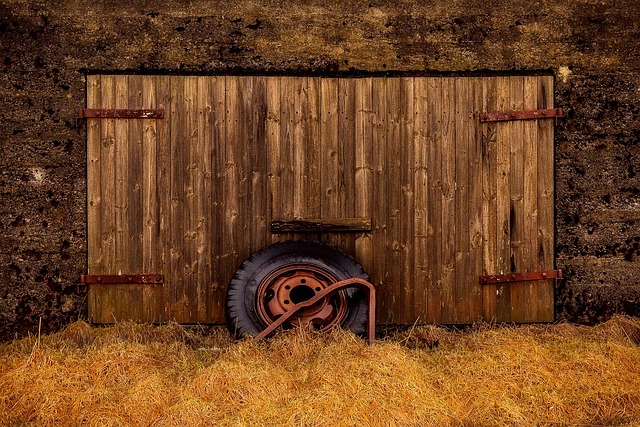
Central Victoria’s agricultural sector relies heavily on robust infrastructure to maintain productivity and protect against the unpredictable Australian climate. Large farm sheds play a pivotal role in this landscape, serving as multifunctional spaces that support a wide array of farming activities. These structures are not mere storage facilities but are integral to the region’s farming operations, providing shelter for machinery, crops, and livestock, as well as areas for processing and packing produce. The design and size of farm sheds are tailored to the specific needs of local farmers, ensuring they can withstand the harsh conditions, from scorching summers to sudden storms. Moreover, these sheds contribute to efficient farming practices by facilitating streamlined workflows and enabling better organization of farming equipment and supplies.
The significance of farm sheds in Central Victoria extends beyond their immediate utility; they are a testament to the region’s commitment to sustainable and innovative agricultural practices. The implementation of energy-efficient designs, incorporation of renewable energy systems, and use of durable, eco-friendly materials underscore the adaptability and forward-thinking nature of the area’s farming community. As a result, large farm sheds not only enhance operational capabilities but also align with global environmental efforts, making them an indispensable component of Central Victoria’s agricultural infrastructure.
Design Considerations for Efficient and Durable Farm Sheds in Central Victoria
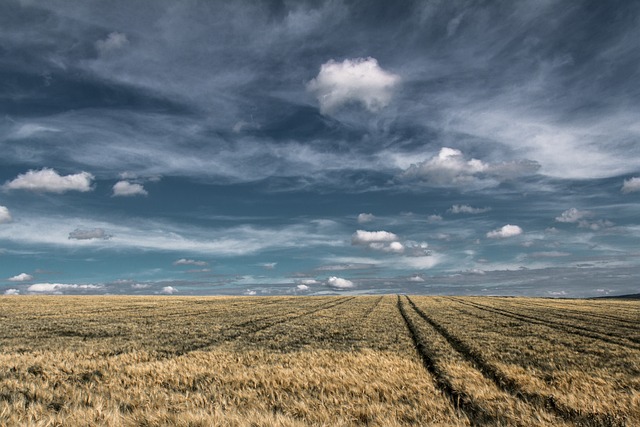
Material Selection: Ensuring Longevity and Cost-Effectiveness in Farm Shed Construction

When constructing large farm sheds in Central Victoria, material selection plays a pivotal role in ensuring both longevity and cost-effectiveness. Durable materials such as high-tensile steel are preferred for their robustness and resistance to the harsh environmental conditions prevalent in the region, which include strong winds, heavy rains, and extreme temperatures. Steel farm sheds offer a high strength-to-weight ratio, making them an economical choice that can withstand years of use without significant maintenance or repair. Additionally, the use of colorbond cladding provides a durable finish that is both aesthetically pleasing and resistant to rust and corrosion, further extending the life expectancy of the shed.
Moreover, the design and construction of farm sheds in this region must account for both the size required to house agricultural machinery, livestock, or crops efficiently and the need for these structures to stand up to the test of time. Choosing materials like galvanized steel frames ensures that the structural integrity remains intact, reducing the likelihood of costly repairs or replacements in the future. Furthermore, incorporating energy-efficient features, such as roof insulation and LED lighting, can significantly lower ongoing operational costs, adding to the long-term financial benefits of a well-constructed farm shed. Selecting the right materials not only contributes to the longevity of the structure but also offers a cost-effective solution that aligns with the economic realities of farming operations in Central Victoria.
Customization Options for Farm Sheds to Meet Diverse Needs in Central Victoria's Agriculture
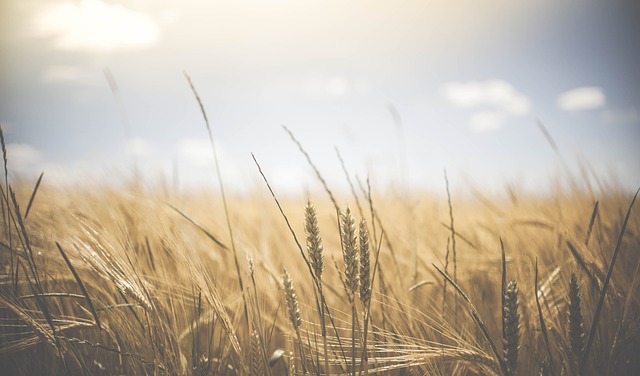
In Central Victoria, the agricultural sector thrives on versatility and efficiency, necessitating farm sheds that are as diverse and adaptable as the crops and livestock they house. Customization options for farm sheds in this region are abundant, ensuring that each structure meets the specific requirements of its intended use. From traditional hay and machinery storage to more specialized applications like equine housing or horticultural propagation, local providers offer a range of designs and materials. These include sturdy Colorbond steel for durability and resilience against harsh weather conditions, as well as options for insulation and ventilation to cater to temperature-sensitive equipment or animal welfare needs. Moreover, with Central Victoria’s varied terrain, these sheds are engineered to withstand the unique challenges of the local environment, whether on flat plains or sloping hillside farms. Customers can select from various span widths, height profiles, and length options to create a space that optimizes both functionality and aesthetic appeal. The integration of energy-efficient LED lighting and skylights not only enhances productivity but also reduces the carbon footprint of these essential agricultural assets. Additionally, the inclusion of mezzanine floors or workbenches can maximize interior space, making these farm sheds a multipurpose solution that grows with the evolving needs of Central Victoria’s farms.
The design process for these farm sheds is collaborative, allowing farmers to input their specific needs and constraints, ensuring the final product is tailored to their unique operational requirements. Whether it’s accommodating large agricultural machinery, providing safe and comfortable housing for livestock, or creating a controlled environment for crop storage, the customization options are extensive. These sheds are not just buildings; they are integral components of the farming operation, enhancing productivity and sustainability. With a commitment to quality and a deep understanding of local agricultural practices, farm shed providers in Central Victoria offer solutions that protect assets, support animal welfare, and contribute to the efficiency of farming operations.
Case Studies: How Large Farm Sheds Have Transformed Agricultural Operations in Central Victoria
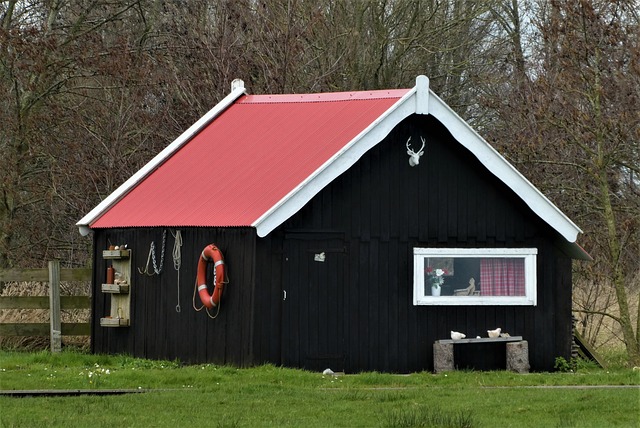
In recent years, the integration of large farm sheds has significantly enhanced agricultural operations across Central Victoria. A notable case study involves a local dairy farm that expanded its facilities with spacious sheds to house dairy cattle. These structures provided a controlled environment, protecting animals from harsh weather conditions and facilitating more efficient milking processes. The result was a marked increase in milk production, improved animal welfare, and a reduction in labor costs due to the streamlined layout of the shed design. Another example is a fruit orchard that implemented large-scale sheds for storage and processing of harvested crops. The additional space allowed for better organization of the fruits, which decreased spoilage rates and enabled the orchard to capitalize on off-season sales by storing produce under optimal conditions. These sheds also served as workshop spaces for maintenance and repair of equipment, further contributing to the efficiency of operations.
Furthermore, a prominent Central Victorian grain farm leveraged large farm sheeds to store machinery, which previously cluttered the fields and consumed valuable time during transition periods. The reorganization not only optimized workflow but also allowed for better maintenance of the equipment, extending its lifespan. Additionally, the shed’s large volume provided a secure location for grain storage, protecting it from pests and weather damage until market conditions were favorable for sale. These examples underscore the transformative impact of farm sheds on agricultural practices in the region, highlighting their versatility and the myriad benefits they bring to large-scale farming operations.
Central Victoria’s agricultural sector thrives with the aid of large farm sheds, which serve as pivotal structures for storing equipment and sheltering livestock. This article has explored the critical role these sheds play, highlighting design elements crucial for efficiency and durability, material selection strategies that promise longevity without breaking the bank, and the myriad customization options available to cater to a variety of agricultural needs. Through case studies, it’s evident how large farm sheds have revolutionized operations across the region, enhancing productivity and profitability. As farms in Central Victoria continue to evolve with sustainable and resilient infrastructure, large farm sheds stand out as an indispensable asset in modern agriculture. Farmers looking to invest in such structures are encouraged to consider the insights provided here for a well-informed decision that supports their agricultural ventures.
